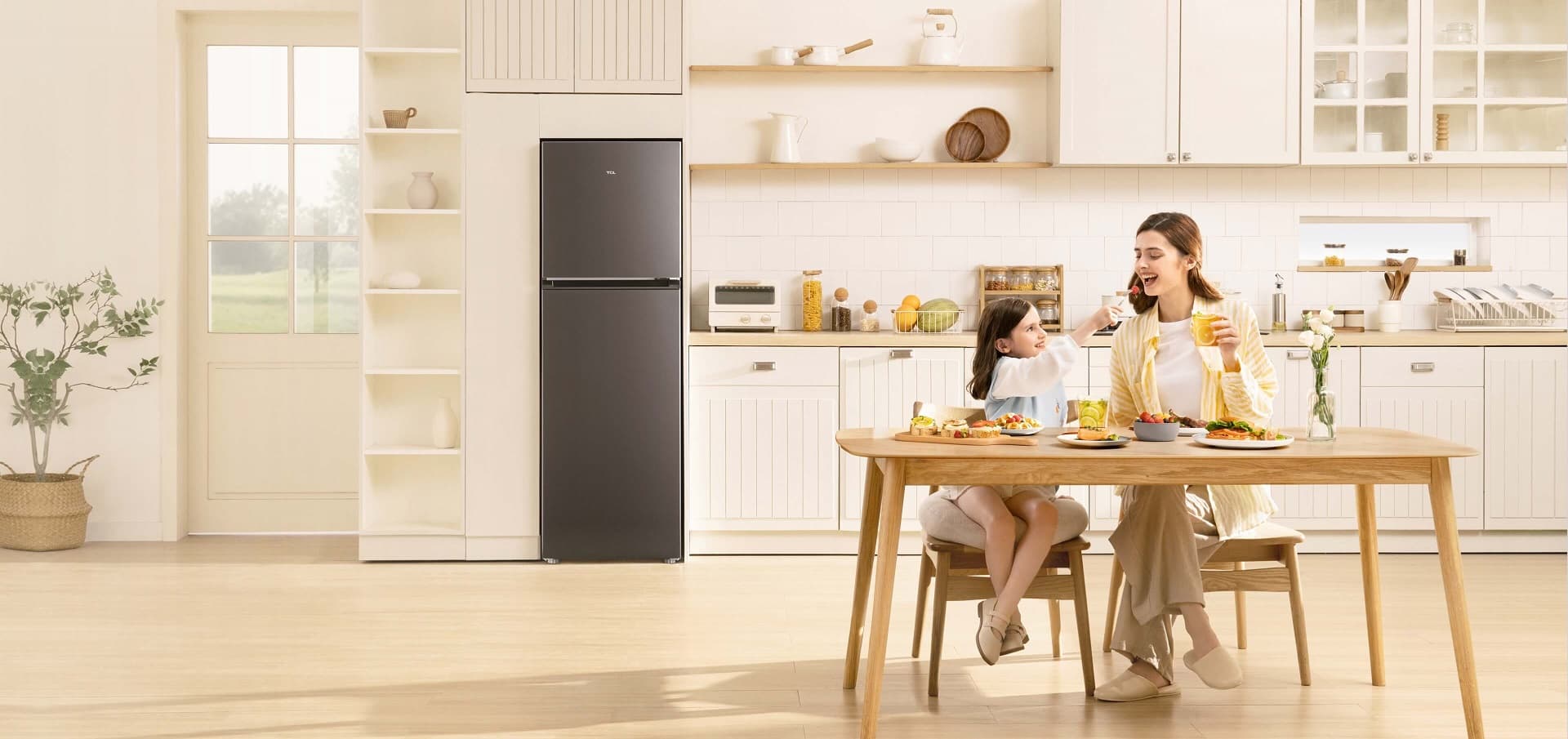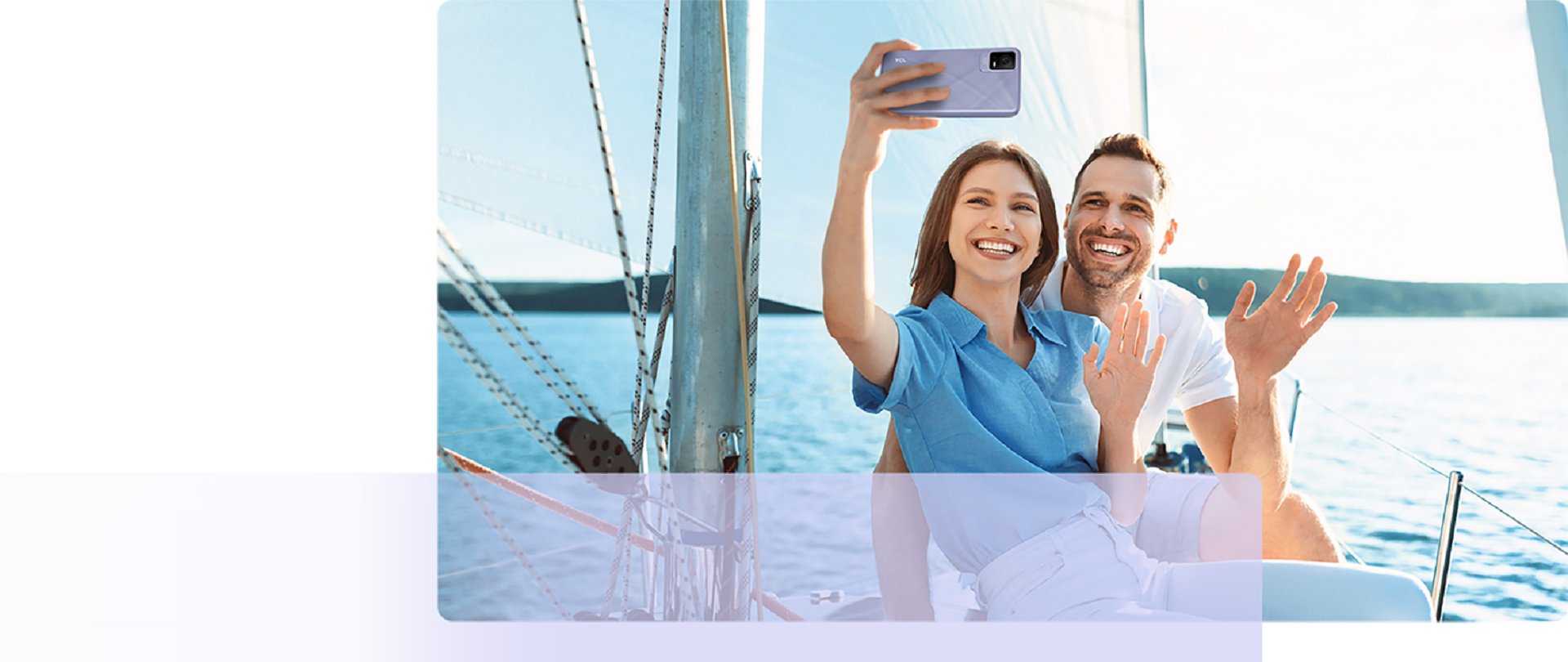How to Mirror Android to TV: Easy Guide for Seamless Screen Sharing
How to Mirror Android to TV: Easy Guide for Seamless Screen Sharing

In the ever-evolving realm of technology, turning your humble living room into a cinematic hub is a breeze. Connecting your Android phone to your TV opens up a world of possibilities for seamless entertainment. Whether it's streaming your favorite shows, sharing photos, or gaming on a larger screen, the process has become remarkably simple.
In this guide, we will delve into the intricacies of how to mirror Android to tv, exploring various methods to effortlessly bridge the gap between your smartphone and your TV.
How does screen mirroring work on Android?
Screen mirroring on Android devices is a cutting-edge technology that allows users to display the content of their smartphone on a larger screen, such as a TV. This feature uses wireless technologies like Wi-Fi Direct or Bluetooth to create a direct connection between your phone and TV, ensuring a seamless display of videos, photos, games, or apps. It's compatible with a variety of TVs and streaming devices, offering flexibility and ease of use. To ensure a smooth experience, both the Android device and TV should support screen mirroring functionality, and they need to be connected to the same Wi-Fi network. This user-friendly feature transforms your TV into a larger version of your phone's screen, making it perfect for group viewing or enhancing your multimedia experience.
Efficient methods to mirror Android to TV
Screen mirroring offers a plethora of methods to bring your Android content to the big screen. Let's explore these techniques step by step to ensure a hassle-free and enjoyable mirroring experience on how to cast to tv from Android phone.
Miracast wireless standard
Miracast stands out as a wireless standard that facilitates screen mirroring without the need for cables. Utilizing Wi-Fi Direct, Miracast establishes a direct connection between your Android device and the TV. This technology ensures low-latency streaming, making it ideal for watching videos or playing games.
To initiate Miracast on your Android device, navigate to Settings, select Display, and choose Cast Screen. Ensure your TV like your TCL QD-Mini LED TV supports Miracast, and voilà – you've seamlessly extended your Android experience to the big screen.
Casting with a streaming device
Chromecast, a popular streaming device developed by Google, offers a user-friendly approach to screen mirroring. Simply plug the Chromecast into your TV's HDMI port and connect it to your Wi-Fi network. Next, download the Google Home app on your Android device, select 'Cast Screen,' and choose your Chromecast-enabled TV. With Chromecast, you can cast not only videos and photos but also entire apps, making it a versatile and efficient solution for mirroring your Android screen.
Third-party apps
For those seeking alternative methods, third-party apps like AllCast provide additional flexibility in mirroring your Android phone to your TV. AllCast supports various streaming devices, including Roku, Apple TV, and Amazon Fire TV.
To know how to cast Android phone to tv, after installing AllCast on your Android device, ensure your TV and phone are on the same Wi-Fi network. Open the app, select your TV from the list of available devices, and begin casting. While third-party apps may offer diverse compatibility, it's essential to choose one that aligns with your specific TV and preferences.
Smart TV with built-in casting
Smart TVs, such as the TCL C835 4K Mini LED TV, are equipped with built-in casting capabilities that greatly simplify the mirroring process. These TVs often support protocols like Miracast or have integrated Chromecast functionality. To mirror your Android screen on a smart TV, ensure both devices are connected to the same Wi-Fi network. Access the 'Screen Mirroring' or 'Cast Screen' option on your TV, select your Android device, and enjoy a seamless connection without the need for additional hardware.
HDMI cable connection
In the absence of a Wi-Fi connection, how to connect an Android phone to a smart TV can be efficiently achieved using an HDMI cable. Connecting your Android device to your TV via an HDMI cable, while technically different from wireless screen mirroring, achieves a similar result. This method is straightforward: simply connect one end of the HDMI cable to your phone using an adapter if necessary, and the other end directly to your TV. This wired approach ensures a stable and high-quality display of your phone's content on your TV screen, making it an excellent choice for streaming videos, presenting slideshows, or playing games.
Tips for an optimal mirroring experience
While connecting your Android phone to your TV is relatively straightforward, optimizing your mirroring experience requires attention to detail. Now you know how to cast android to tv, follow these tips to ensure seamless performance and enhance your entertainment:
1. Stable Wi-Fi Connection:
Ensure a stable Wi-Fi connection for wireless mirroring methods. A robust network minimizes lag and buffering, providing a smooth viewing or gaming experience.
2. Update Firmware and Apps:
Keep your Android device, TV, and any streaming devices or apps up to date. Firmware and app updates often include performance improvements and bug fixes that enhance compatibility.
3. Screen Orientation and Resolution:
Adjust screen orientation and resolution settings on your Android device to match your TV's specifications. This ensures content displays correctly and avoids distortion.
4. Use the Right Adapter:
When using a cable connection, ensure you have the correct adapter for your Android device. This is crucial as different Android phones may have varying port types, such as USB-C or Micro-USB. Using the right adapter for your HDMI cable connection ensures a secure and efficient link between your phone and TV, eliminating connection issues and potential signal loss.
5. Close Background Apps:
Close unnecessary background apps on your Android device to free up resources and improve performance during screen mirroring.
6. Check App Compatibility:
Verify that the apps you intend to mirror are compatible with the chosen mirroring method. Some apps may have restrictions or may not support certain casting protocols.
7. Invest in Quality Cables:
If opting for an HDMI cable connection, invest in a high-quality cable to ensure reliable and stable transmission of audio and video signals.
8. Position Your Devices Properly:
Position your Android device and TV in proximity to ensure a strong and consistent wireless signal. Avoid obstacles or interference that may disrupt the mirroring connection.
9. Experiment with Different Methods:
Depending on your preferences and equipment, experiment with different mirroring methods to find the one that best suits your needs. Each method has its advantages, so exploring options allows you to choose the most convenient and reliable solution.
Conclusion
Transforming your living room into an entertainment hub by connecting your Android phone to your TV is a straightforward endeavor. In this article, we learned how to cast from android to tv, and how to mirror android to tv.
Whether you prefer the wireless convenience of Miracast or Chromecast, the versatility of third-party apps, the seamless integration of smart TVs, or the reliability of an HDMI cable, the options are abundant. By following the steps outlined in this guide and implementing the suggested tips, you can unlock a seamless and enjoyable mirroring experience tailored to your preferences.
Frequently asked questions
Can I mirror my Android screen to other devices besides the TV?
Android screen mirroring is not limited to TVs; you can also mirror your Android device to other compatible devices such as laptops, tablets, and even some projectors. This flexibility allows for a wider range of uses, from presentations to streaming content, enhancing the versatility of your Android device.
Is it possible to mirror my Android to my TV without wifi?
While many mirroring methods, including Miracast and Chromecast, rely on Wi-Fi, using an HDMI cable provides a direct, wired connection between your Android device and TV. This eliminates the need for a Wi-Fi network, offering an alternative for users without access to stable wireless connectivity.
Why can't I mirror my Android to my TV?
Several factors may contribute to difficulties in mirroring your Android screen to your TV. Common issues include incompatible devices, outdated firmware or apps, poor Wi-Fi connectivity, or restrictions imposed by certain apps. Troubleshooting these factors, as discussed in the tips section, can help resolve most mirroring challenges.

QLED vs. UHD: Which TV Technology is Best?
2025-04-09

What AC Type is Used in Offices?
2024-12-19

How to Connect Universal Remote to TV?
2024-09-27

YouTube on TV Not Working, How to Fix?
2024-09-20

How to Watch Apple TV on Smart TV
2024-09-20

Discover the Best Washing Machines for 2024
2024-09-12

How to Measure a TV Screen for Perfect Fit?
2024-08-16

How to Clean Air Conditioner Drain Line?
2024-08-01

What is a backlight in an LED TV?
2024-06-18

How To Remove Lint From Clothes Washing Tips
2024-05-24

How Does The Refrigeration Cycle Work?
2024-05-10

How Does VPN Work On Smart TV
2024-05-10

How to Watch Free Live TV on Android TV
2024-05-06

How to Reset Your Air Conditioning Unit
2024-04-25

How to Open A Locked Washing Machine Door
2024-04-10

How To Get Disney Plus On TV: A Easy Guide
2024-04-10

Set Up Your OK Google Device On Your TV
2024-04-08

How To Adjust Your TV Picture to Fit Screen
2024-04-03

How To Convert Your LED TV To A Smart TV
2024-03-01

Tablet Vs Laptop – Which Should You Buy?
2023-11-24

How To Play Games On Smart TV
2023-11-16

How To Level A Washing Machine in Easy Steps
2023-11-11

How To Dispose Of An Old Refrigerator Safely
2023-10-29

How to Mount a TV on the Wall in Easy Steps
2023-10-14

Why Is My AC Not Blowing Cold Air? Easy Fix
2023-09-29

How To Wash Shoes In The Washing Machine
2023-09-28

How To Clean Your TV Screen In 6 Easy Steps
2023-09-26

3 Easy Methods on How To Reset your Tablet
2023-09-14

Dolby Digital Vs DTS: What's The Difference
2023-08-26

Washing Machine Capacity And Load Size Guide
2023-07-26

Ac Leaking Water? Here's How You Can Fix It!
2023-07-22

How To Take Care of a Cracked Phone Screen
2023-07-18

Who Invented Television: History of TV
2023-06-28

10 Smart Tips For More Organized Fridge
2023-06-16

Top 5 Best Browsers for Android TV
2023-05-20

How to Recover Deleted Photos on Android
2023-05-18

What Are the Big Changes for TCL TV in 2022?
2022-09-08

How TCL Smart TVs Enhance Your Life?
2022-08-10

Connection Guide For Your TCL SmartV TV
2021-03-17

Buying a TV? Which TV Should You Buy?
2021-03-17

Which Size TCL TV Is Best for You? | TCL UAE
2021-03-17

QLED v.s. OLED: Which one is better?
2021-03-17
Copyright © 2025 TCL. All Rights Reserved.
This site uses cookies to analyse site traffic, improve your experience and personalize ads or other contents. By clicking Accept or continuing to browse the site, you are agree to our use of cookies. See our Cookies Policy here. Learn more

































































































.jpg?t=1702449223212&w=592)








































































































